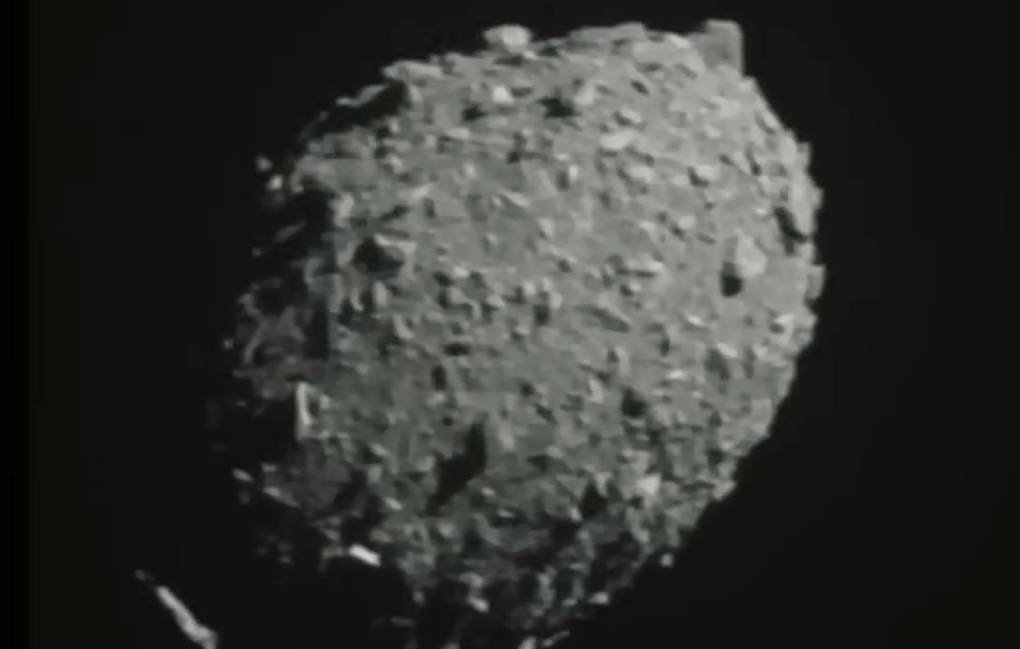The spacecraft crashed into an asteroid at the end of September 2022, the Hera probe will arrive at Dimorph in 2026 to study the consequences of this collision
TASS, February 26. Scientists studied images of the asteroid Dimorph obtained by cameras of the LICIACube microsatellite in the first minutes after its collision with the DART probe, and concluded that this incident not only changed the asteroid's orbit, but also led to a global deformation of this celestial body. The scientists' findings were published in an article in the scientific journal Nature Astronomy.
"Our analysis of the data and images shows that the Dimorph is not a monolithic celestial body, but a conglomeration of debris that underwent global deformation after the collision of this asteroid with the DART probe. This suggests that the European Hera mission, which will be sent to Dimorph and Didymus this year, will not receive images of the crater on the surface of the asteroid, but will see its completely updated surface," the study says.
This conclusion was reached by a group of astronomers led by Sabine Radukan, a researcher at the University of Bern (Switzerland), when studying Dimorph images that were obtained by the LICIACube microsatellite shortly before and in the first five minutes after the collision of the American DART probe with the Dimorph asteroid, one of the two halves of the Didymus binary asteroid.
Scientists became particularly interested in these photos after the first calculations of the new Dimorph orbit showed that the DART impact affected the nature of the asteroid's movement much more strongly than astronomers expected to see. This discrepancy led scientists to believe that the Dimorph consists of very porous and light matter or is a conglomeration of debris ejected from the surface of Didymus in the distant past.
So, scientists have created a computer model of the collision of a Dimorph and DART and tried to reproduce with its help the images obtained by LICIACube cameras. Stereophotographs of the asteroid, which were prepared on the basis of microsatellite data by Brian May, a British astrophysicist and guitarist of the band Queen, made a significant contribution to solving this problem.
These calculations showed that the Dimorph is a very loose conglomeration of debris, consisting of about 35% voids. As a result, the collision of the DART probe with the surface of the asteroid did not lead to the formation of an impact crater on the Dimorph, but to its complete structural restructuring and renewal of the entire surface. This should be taken into account when studying new Dimorph images that will be obtained by the Hera probe, whose launch is scheduled for October 2024, the scientists concluded.
About the DART mission
The DART probe is part of the Aida project initiated by ESA and NASA in May 2012. It involves sending two small spacecraft, named DART and Hera, to the asteroid Didymus. The first crashed into an asteroid at the end of September 2022, and the second spacecraft will arrive at the asteroid in 2026 to study the consequences of this collision.
As the images obtained by the Hubble and James Webb orbital telescopes showed, the DART mission as a whole coped with the task assigned to it - the collision of the probe with a Dimorph, one of the halves of the double asteroid Didymus, really led to a change in the course of movement of this celestial body. Astronomers' calculations show that the DART impact led to a reduction in the period of rotation of the celestial body around the Sun by 33 minutes, which turned out to be significantly higher than preliminary estimates.

